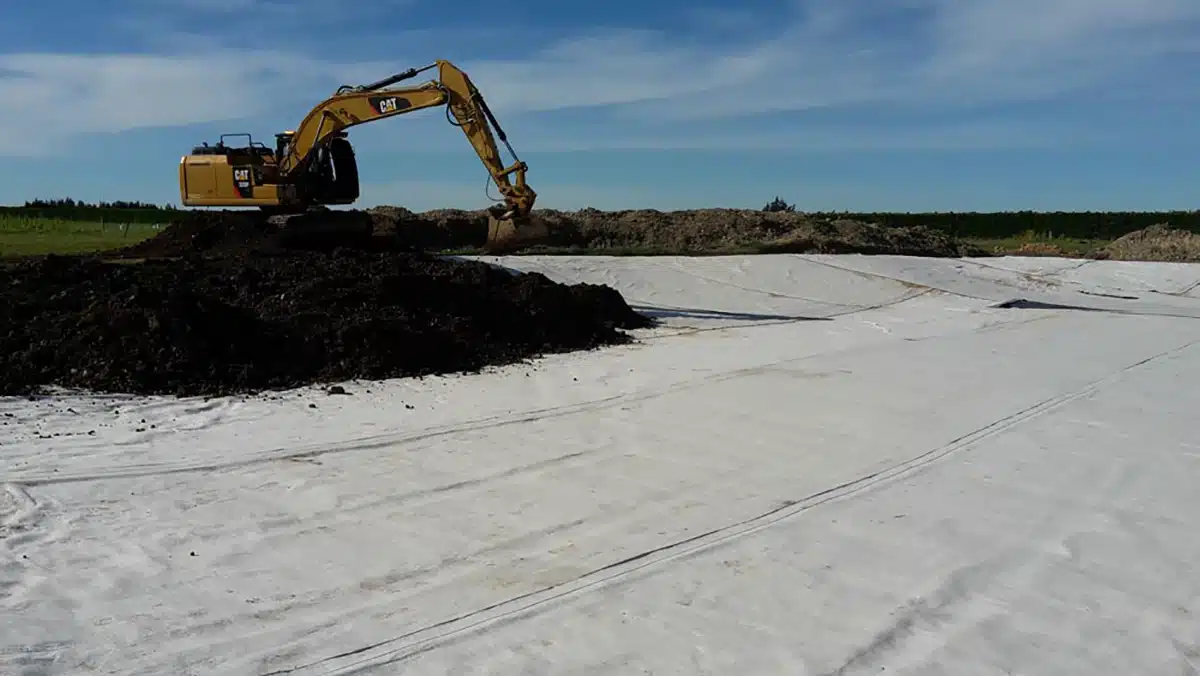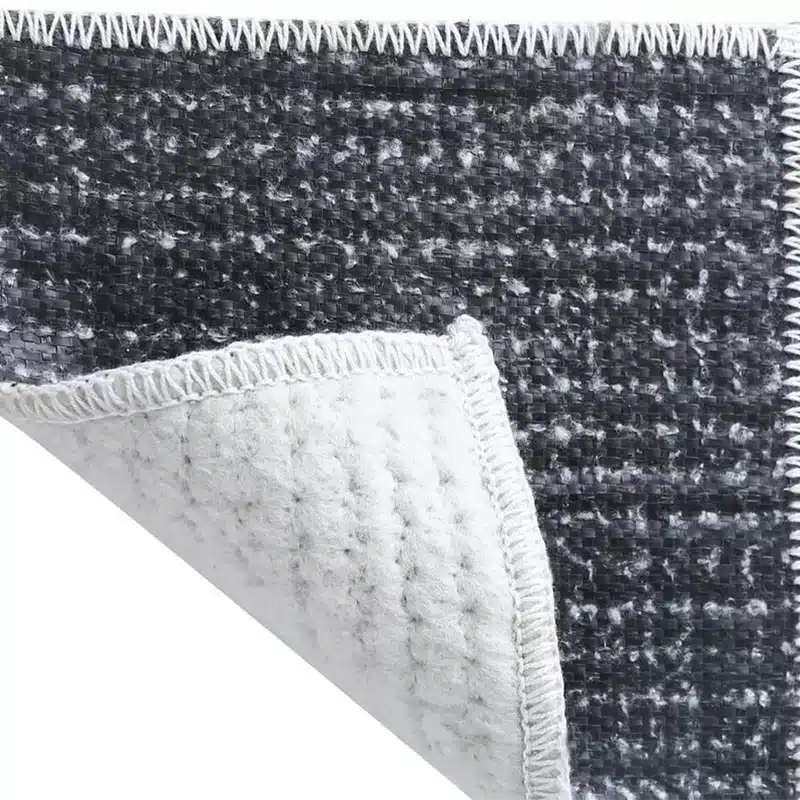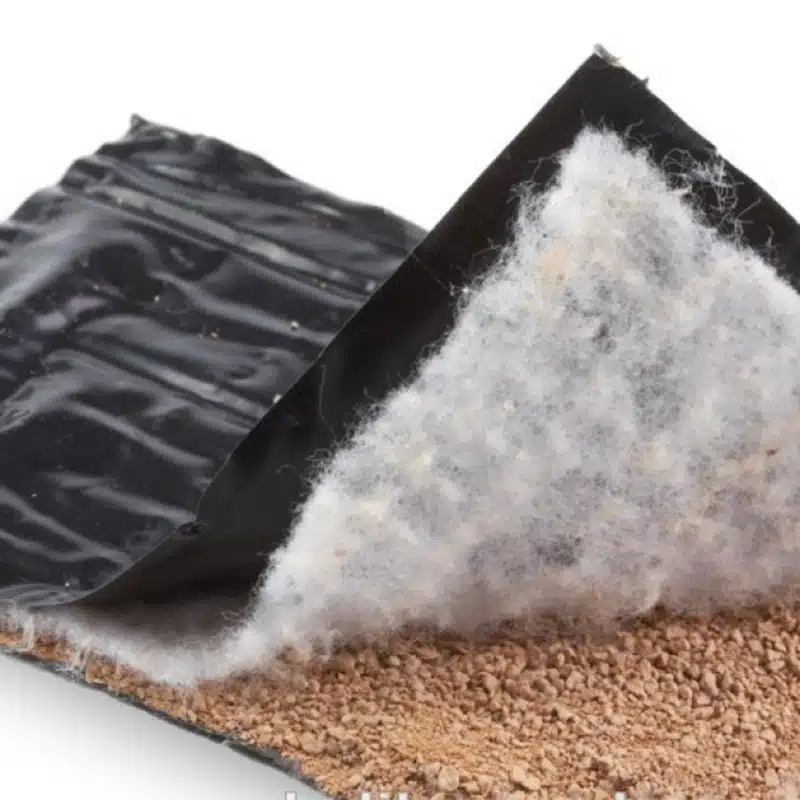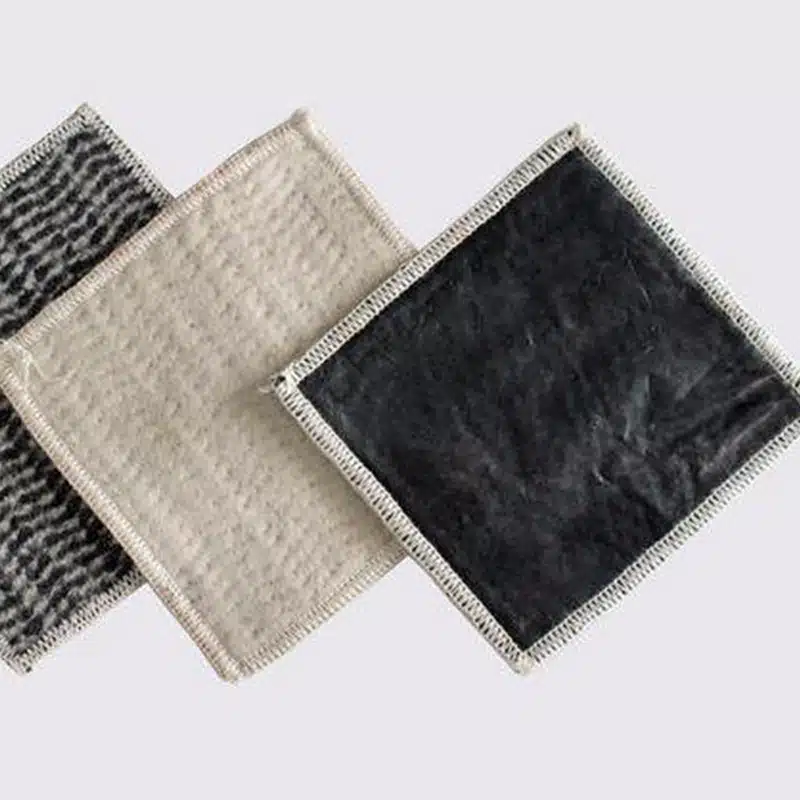+86-159 9860 6917
info@geofantex.com
geofantex@gmail.com
+86-400-8266163-44899
Geosynthetic solutions play a crucial role in modern construction, offering innovative materials that improve the performance and longevity of engineering projects. Whether it’s for road construction, landfill containment, or erosion control, geosynthetics provide cost-effective, durable, and sustainable solutions. In this article, we will explore what geosynthetic solutions are, provide examples, and discuss why they are essential in civil engineering and environmental protection.
What are geosynthetic solutions?
Geosynthetic solutions refer to engineered products made from polymeric materials used in various civil engineering and environmental applications. These solutions include different types of geosynthetics, such as geotextiles, geomembranes, geogrids, geonets, and geocomposites. Their primary function is to enhance the stability, drainage, and filtration properties of soils or to act as barriers for environmental containment. Geosynthetic solutions are commonly used in infrastructure projects like roads, landfills, retaining walls, and water reservoirs.

What is an example of a geosynthetic?
One common example of a geosynthetic is geotextile fabric, which is widely used for soil stabilization and erosion control. Geosynthetics come in various forms, such as geotextile-geonet, geotextile-geogrid, geonet-geomembrane, or even a geosynthetic clay liner (GCL), each tailored to specific applications. Geotextiles can either be woven or nonwoven, depending on the application. In road construction, geotextile fabrics are placed between layers of soil to prevent mixing and improve load-bearing capacity. They also enhance drainage by allowing water to pass through while filtering out soil particles, making them indispensable in maintaining the integrity of roads, embankments, and retaining walls.
What are the most common geosynthetics?
The most common types of geosynthetics include materials like high-density polyethylene (HDPE), polypropylene (PP), and polyester (PET), which are used in various applications:
- Geotextiles: Made from materials like PP and PET, these are used for filtration, separation, and soil reinforcement.
- Geomembranes: Often made from HDPE, these impermeable membranes are used as liners for landfills and water containment.
- Geogrids: Reinforcement grids made from HDPE or PET are used to stabilize soil in slopes and retaining walls.
- Geonets: Typically made from HDPE, these drainage nets facilitate the movement of liquids or gases in landfills and other containment systems.
Geocomposites: Combinations of different geosynthetics (e.g., *geotextiles and geomembranes*) designed to achieve multiple functions such as drainage and reinforcement.
Why are geosynthetics important?
The most common types of geosynthetics include materials like high-density polyethylene (HDPE), polypropylene (PP), and polyester (PET), which are used in various applications. Geosynthetics continue to replace traditional materials such as soil and stone in performing important engineering functions in erosion and sediment control applications while introducing ever-greater versatility and cost-effectiveness.
Geosynthetics are important because they offer sustainable and cost-effective solutions to common civil engineering challenges. They reduce the need for traditional construction materials like gravel and concrete, cutting down on resource use and environmental impact. Geosynthetics also improve the strength and durability of infrastructure by preventing soil erosion, facilitating drainage, and reinforcing weak soils. In environmental applications, geomembranes and geocomposites play a critical role in preventing pollution by providing a barrier between hazardous materials and the surrounding ecosystem. Overall, geosynthetics contribute to more efficient, resilient, and eco-friendly engineering designs.
Geosynthetic solutions are transforming the way modern engineering projects are designed and executed. From enhancing soil stability to protecting the environment, geosynthetics like geotextiles, geomembranes, and geogrids are essential materials in a wide range of applications. Their importance lies in their ability to offer durable, cost-effective, and sustainable solutions that improve the performance and longevity of civil engineering projects.



Get Free Sample
We’ll respond as soon as possible(within 12 hours)






















